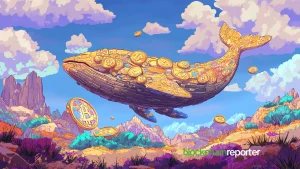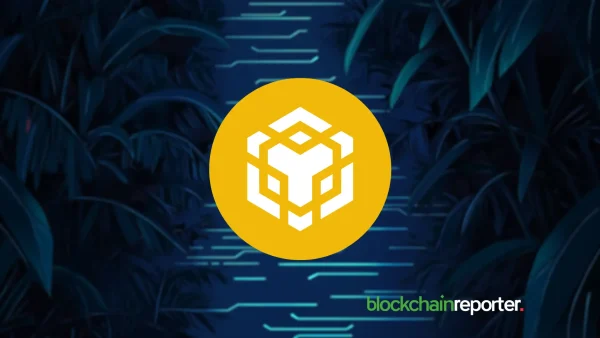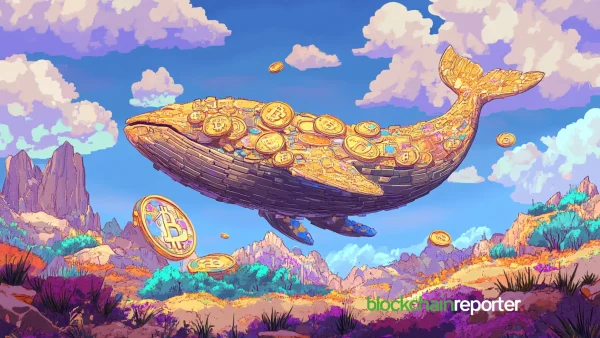
In the United States District Court for the Northern District of California, a class action lawsuit “for violations of the Federal Securities Laws” and misleading investors has been filed against Do Kwon, TerraForm Labs, and several of the project’s backers. The lawsuit alleges that the defendants intentionally misled investors.
Violation of Federal Securities Laws & Misleding of LUNA and UST Investors
Nick Patterson, a resident of Illinois and the lawsuit’s named plaintiff, asserts that defendants Do Kwon, Three Arrows Capital Ptd Ltd., Nicholas Platais, TerraForm Labs Ptd Ltd., Jump Crypto, Jump Trading LLC, Republic Capital, Republic Maximal LLC, Tribe Capital, DeFinance Capital/Definance Technologies Oy, and GSR Markets Limited violated existing laws regarding the issuance of securities and misled LUNA and UST investors.
Additionally, Nick Patterson is suing the aforementioned entities on behalf of individuals and organizations that bought Terra Tokens between May 20th, 2021 and May 25th, 2022 and who suffered losses as a consequence of the volatility of both LUNA and UST in the cryptocurrency markets. This lawsuit was brought by Nick Patterson.
Mr. Patterson claims that the defendants sold unregistered securities and continued to make a’series of misleading and false statements concerning the largest Terra ecosystem digital products by market cap, UST and LUNA, in order to cause investors into purchasing these digital assets at inflated rates.’ Mr. Patterson’s claim is that the defendants did this in order to induce investors to purchase the digital assets at inflated prices.
LUNA Guard Promised to Protect UST’s Peg
In addition, the complaint asserts that TerraForm Labs made additional assertions that UST was stable due to the fact that it was connected with LUNA and had a sustainable environment according to the Anchor Protocol.
The LUNA Foundation Guard, which is comprised of the defendants, was responsible for promoting the project and “promised to maintain and fund the Terra ecosystem and to protect the peg in the event that extreme volatility led the UST/LUNA pair to become untethered from one another.” The complaint goes on to say:
These promotions, along with the announcement of financial backing of major venture capitalists in the sector, were a siren song to both veteran and rookie crypto investors alike, luring them in with a purportedly “stable” digital asset in UST that would nevertheless provide outsized returns on investment via Anchor. The marketing of UST and Anchor was so effective that approximately $14 billion of UST’s market cap (75%) was deposited into Anchor at its peak.
History of Collapse
It’s possible that you have never heard of UST or are unfamiliar with the concept of stablecoins, yet these things are quite important. The loss of wealth equivalent to billions of dollars’ worth of cryptocurrencies has caused shockwaves to spread across the whole market.
The UST stablecoin’s story can be found here. However, on May 9 it was depegged, and since then its value has dropped all the way down to only 7 cents, despite the fact that it was meant to always be worth $1. Then there is LUNA, which serves as the driving force of Terra’s biosphere. Its value has plummeted as a result of one of the most shocking crypto collapses that has ever been documented.
The price of the coin has plummeted to a fraction of a penny as of the time this article was written, having been as high as $116 in April. An implosion of this kind has occurred in the past with respect to small-cap memecoins; but, it has never occurred with respect to anything as large as LUNA, which had a market valuation of over $40 billion just one month ago.
The Terra incident has repercussions that extend far beyond the billions that were misplaced. It has raised worries over comparable tokens, like Tether, and regulators on both sides of the political aisle are keeping a close eye on stablecoins. Here is the information that you require.









